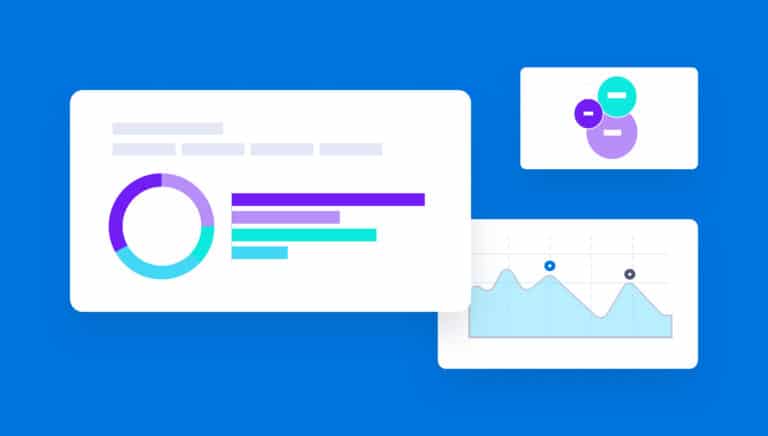What is mobile analytics?
Using data from mobile apps and websites to gain insights about user behavior. Mobile analytics provide key information to marketers and app developers that can be used to help them enhance user experience and optimize their advertising and marketing budgets.
Mobile analytics refers to the practice of capturing data from advertising networks, mobile apps, websites, and web and app visitors to help brands understand where their users are coming from and how they are behaving on their mobile properties in order to improve their user acquisition, retention, engagement, and conversion efforts. Similarly to traditional web analytics, mobile analytics work by identifying unique visitors and recording their behaviors. Because of the fragmentation that was introduced by mobile and the limited functionality of third party cookies, mobile analytics are significantly more complicated than web analytics and mobile measurement companies are specialized either in attribution (measuring where users came from) or user behavior (measuring how users behave in an app or mobile property).
The difference between web analytics and mobile analytics
Historically, companies have treated mobile and non-mobile devices as separate, and even used a separate vendor for their web analytics vs. their mobile analytics. Most modern product analytics platforms track both. The most important trend in mobile analytics when it comes to both attribution and behavior measurement is the ability to perform cross-platform, cross-device and cross-browser attribution and measurement. For example, if a user is engaging with a Branch in the Facebook browser and then opens the same brand’s site in Safari and then purchases in the app, a modern mobile analytics solution should be able to attribute those interactions to the same user, in real time.
Key metrics
Mobile analytics provide valuable insights into user engagement, behavioral data, app usage, and more. By tracking key metrics, marketers and product managers can optimize app performance and reduce churn. Popular mobile app analytics KPIs include:
- Active users: The number of users who interact with an app during a specific period of time.
- Average session length: The average amount of time an app user spends in the app during each session.
- Retention rate: The percentage of users who continue to use an app after downloading it over a specific period of time (e.g. 7-day user retention date, 30-day user retention date).
- Conversion rate: The percentage of users who complete a specific action (e.g. in-app purchases, subscription, etc.) within an app.
- Churn rate: The percentage of users who stop using a mobile app during a specific period of time.
- Page views: The number of times users view specific pages within an app.
- App crashes: The number of times a mobile app abruptly closes or stops responding, disrupting the user experience.
- Lifetime value: The total value an app user generates over the duration of their relationship with your brand.
























